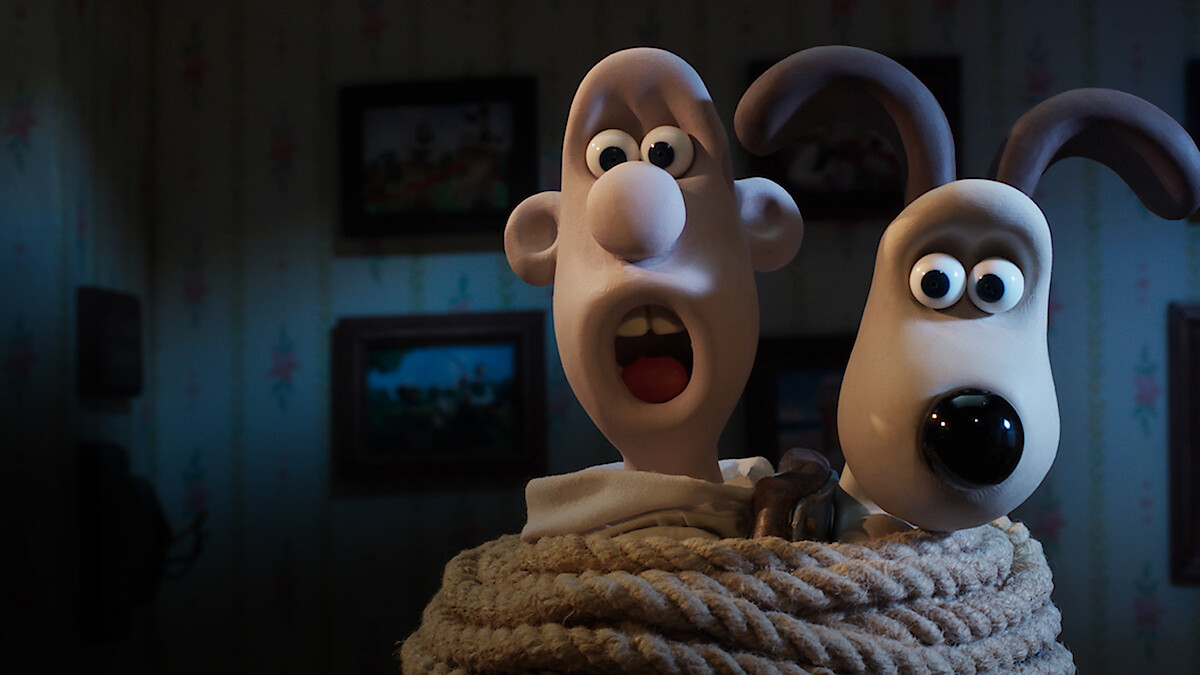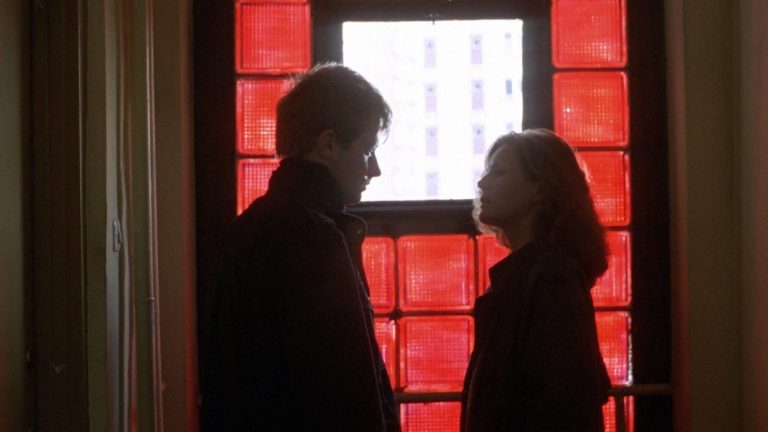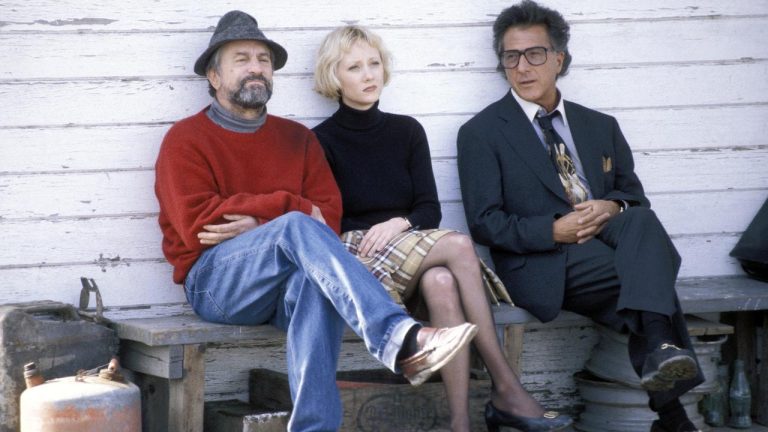What do audiences lose when studios swap the magic of the theatre for yet another forgettable big-budget release that quietly lands on streaming and is forgotten before the next boring release comes around? Does anyone remember Guy Ritchie’s “Fountain of Youth”? It came out just a few months ago on Apple TV as an original film with a whopping $180 million budget. Twenty years ago, the idea of such a high-budget film not releasing in the cinemas for wide audiences would have been almost unthinkable.
The film itself received mixed-to-negative reviews; however, the worst part about it is just how utterly forgettable it was. Start to finish, this movie unfolds as an empty void of soulless entertainment that almost demands you turn your brain off so as not to be distracted by its deeply flawed script. It’s certainly not the first high-budget film to be made in this vein, but the main issue is that this brand of films being released solely on streaming services is becoming a trend.
Apple TV’s attempt to release Matthew Vaughn’s “Argylle” in the cinemas two months before its streaming release was a complete disaster, mostly because the movie is the definition of confusion. Yet another high-budget (reportedly around $200 million) film that only a few poor souls remember even exists at all. It made about $90 million at the box office when it needed $500 million to break even. Maybe they should stick to releasing original TV shows? They’re really good at that, as “Severance” has proved.
The 45 Best Netflix Original Movies, Ranked
The George Clooney and Brad Pitt-led film “Wolfs” came and went last year without anyone really noticing. Though better received than the other two, Apple TV really seems to have a knack for releasing generally mediocre original films with budgets that make the few people who watch them wonder if there is some sort of money laundering scheme going on here.
The anticipated sequel to Anna Kendrick’s and Blake Lively’s 2018 beloved “A Simple Favor”, releasing directly to Amazon Prime, makes no sense. The fact that the movie was received much worse than the original certainly didn’t help, but the movie may have been dead on arrival anyway. The first film made $97 million at the box office on a $20 million budget.
We don’t know the earnings of the sequel on Prime; however, the profit on the first film, and the fact that it has garnered a bit of a cult-following since then, should have been signs to release the film in theatres. Instead, it ended up being another wasted sequel, with very few people even caring about the possibility of a third film anymore.

One of the better such releases from Prime Video is the movie “Deep Cover,” starring Bryce Dallas Howard, Orlando Bloom, and Nick Mohammed in the main roles. With an 89% rating on Rotten Tomatoes and a seemingly much smaller budget, the movie works well as a small-time comedy film. It’s a great example of an original streaming release that serves its purpose, though a cinematic release would make sense for it as well, due to its crowd-pleasing type of comedy and action.
“Wallace & Gromit: Vengeance Most Fowl” is only the second full-length feature within the Wallace & Gromit franchise. “The Curse of the Were-Rabbit” — released back in 2005 — made almost $200 million in the cinemas and is one of the most beloved animated films of all time. “Vengeance Most Fowl” is also an extremely good film, with a perfect 100% score on Rotten Tomatoes so far, which unfortunately was released only on Netflix. While Netflix did the franchise justice quality-wise, such a release should have been a big event for kids and adults alike.
People who grew up watching the first feature-length film should have had the opportunity to witness this one in the cinemas too. The shift in the studio’s mindset between the first film in 2005 and the second in 2024 is almost disturbing.
The 22 Best Hulu Original Films, Ranked
Certainly, streaming services do offer opportunities to filmmakers and employ a lot of people in the industry to work on films that otherwise would have never been made. That being said, though, in an ideal world, we’d have either some budget limits for direct-to-streaming films or a wide cinematic release period first. Cinemas have struggled to recover ever since COVID hit. 2019 was an amazing year for the box office with NINE films grossing over $1 billion (“Endgame” made $2.79 billion).
Then — suddenly — the world got shut down, and understandably, yet heartbreakingly, films such as Pixar’s “Onward,” “Soul,” “Luca,” and (inexplicably) “Turning Red” had to release directly to Disney+. This may have inadvertently led to the general acceptance of movie studios greenlighting high-budget films to release direct-to-streaming.
Think of how well “Werewolf by Night” works on Disney+. It’s a perfect example of an almost-forgotten era of television specials that fits so well, releasing solely on a streaming service. It adds to the Marvel Universe while pushing people towards paying for the service as well. More television specials and fewer $200 million full-length yawn-fests, please.
Where we go from here is not exactly clear. Most streaming services don’t release the exact earnings of their original films, so it’s anyone’s guess just how successful these releases are. What we do know for sure, though, is that the movie theatre experience is suffering from this. Though we’ve all seen the original “Star Wars” trilogy and the prequels a thousand times over, having the opportunity to witness them again in the cinemas, even for just a weekend, is a dream of many.
“Revenge of the Sith” was re-released on April 25th for its 20th anniversary, and people actually went and watched it. The movie earned around $42 million worldwide at the box office on a single weekend. We can all watch it on Disney+ anytime we wish, but the experience and joy of being surrounded by people in a dark theatre, creating memories — even for a 20-year-old film — is simply something that streaming services can never replicate.






